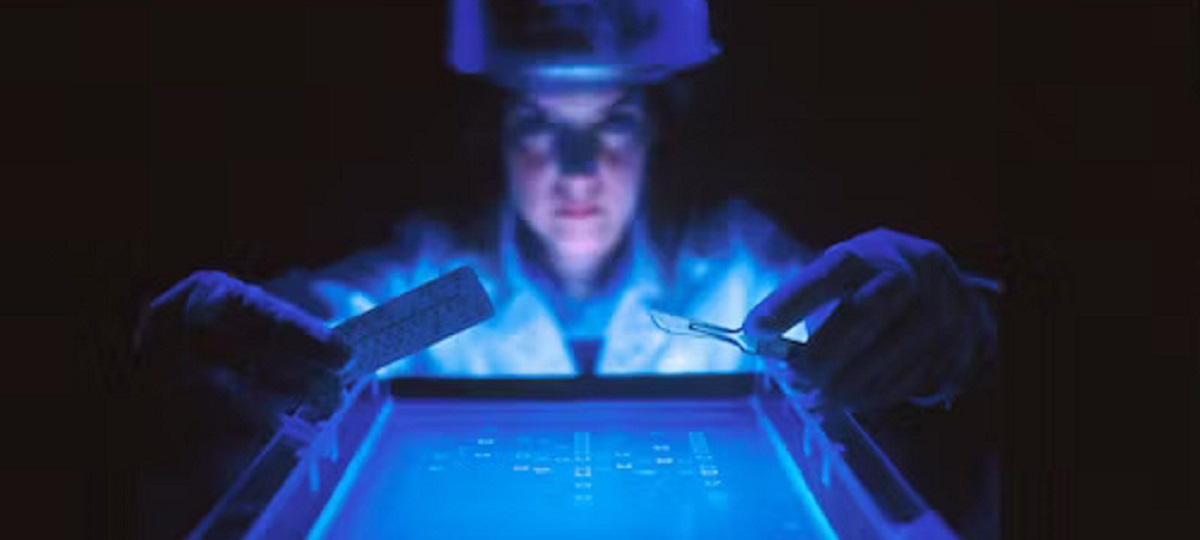Advancements in medical technology have led to the development of more precise and reliable test for Parkinson’s Disease, facilitating earlier and more effective diagnosis. A neurological condition that progressively impairs motor function is called Parkinson’s disease (PD). Being the second most prevalent neurological condition in the world, early identification and precise diagnosis are essential for successful treatment and enhanced quality of life. Many Parkinson’s disease tests, from clinical evaluations to cutting-edge technology, have been developed throughout the years, and much progress has been achieved in this area. This article will examine current methods for diagnosing Parkinson’s disease as well as potential upcoming technologies that may improve diagnosis precision.
test for Parkinson’s Disease : Clinical Assessments
- Unified Parkinson’s Disease Rating Scale (UPDRS): For determining the severity of Parkinson’s disease, the UPDRS is a commonly used test. It provides physicians with a thorough picture of a patient’s state by assessing both motor and non-motor symptoms. Postural instability, bradykinesia, stiffness, and tremors are among the variables that are evaluated under the motor segment. Although UPDRS continues to be a useful tool, interpretations may differ due to its subjective character and dependence on clinical judgement.
- DaTscan Imaging: Dopamine levels in the brain can be seen using a nuclear medicine imaging test called a “dopamine transporter scan,” or DaTscan. One of the main features of Parkinson’s disease is dopamine insufficiency, and DaTscan shows the dopamine transporters visually. By helping to distinguish Parkinson’s disease from other movement diseases, this imaging approach offers important information for a precise diagnosis.
- Blood Tests: Researchers are investigating Parkinson’s disease biomarkers based on blood. Alpha-synuclein is one protein that has demonstrated promise as a possible marker of Parkinson’s disease. Finding certain biomarkers in blood samples may provide a more accessible and less intrusive way to diagnose patients early on.
Advanced Technologies
- Functional Magnetic Resonance Imaging (fMRI): Using fMRI, variations in blood flow may be used to evaluate brain activity non-invasively. fMRI is used to identify abnormalities in brain activity associated with Parkinson’s disease, which aids medical professionals in understanding the neurological underpinnings of the illness. Although fMRI is not currently a standard diagnostic technique, research is being done to see whether it could provide more insight into the pathogenesis of Parkinson’s disease.
- Genetic Testing: Parkinson’s disease is influenced by hereditary factors, and developments in genetic testing have made it easier to identify certain gene variants linked to the illness. Genetic testing can assist in identifying those who are more likely to acquire Parkinson’s disease, enabling early intervention and individualized treatment plans.
- Machine Learning and Artificial Intelligence: Large and complex datasets, including clinical and imaging data, are being evaluated using machine learning algorithms to improve the accuracy of the diagnosis of Parkinson’s disease. These algorithms can identify subtle patterns and correlations that traditional methods would overlook. By being integrated into diagnostic processes, artificial intelligence has the potential to increase the precision and reliability of Parkinson’s disease diagnosis.
- Smartphone Apps and Wearables: Due to the widespread use of wearable technology and smartphones, sensors and software that can track the motor signs of Parkinson’s disease have been developed. These devices can monitor tremors, gait, and other motions, giving medical professionals continuous, real-time data. The prospect of more frequent and objective monitoring is provided by the incorporation of these technologies into standard clinical practice.
Challenges and Future Directions
Though encouraging, difficulties still exist in diagnosing Parkinson’s disease. Diagnostics is difficult since symptoms vary widely between people and there is no one-size-fits-all biomarker. Further validation and standardization are also required before widespread clinical acceptance of many developing technologies, as they are still in the research and development stage.
A multi-modal strategy combining clinical evaluations with cutting-edge imaging, genetic testing, and artificial intelligence algorithms may be the way that Parkinson’s disease is diagnosed in the future. Developing novel solutions and overcoming current obstacles require the joint efforts of researchers, physicians, and technology developers.
Conclusion
The diagnosis of Parkinson’s disease has changed dramatically over time, including cutting-edge technology that provide increased objectivity and precision in place of more conventional clinical examinations. The field of diagnosing Parkinson’s disease is growing, with new advancements coming from artificial intelligence apps, blood-based biomarkers, and imaging methods like Da Tscan.
The integration of several diagnostic modalities and the creation of standardized protocols will probably enhance the precision and efficacy of Parkinson’s disease diagnosis as research progresses. Enabling early intervention, individualized treatment plans, and better patient outcomes in the complex field of neurodegenerative illnesses is the ultimate objective.
Visit here for treatment : Lumps and Bumps | Hemorrhoids
